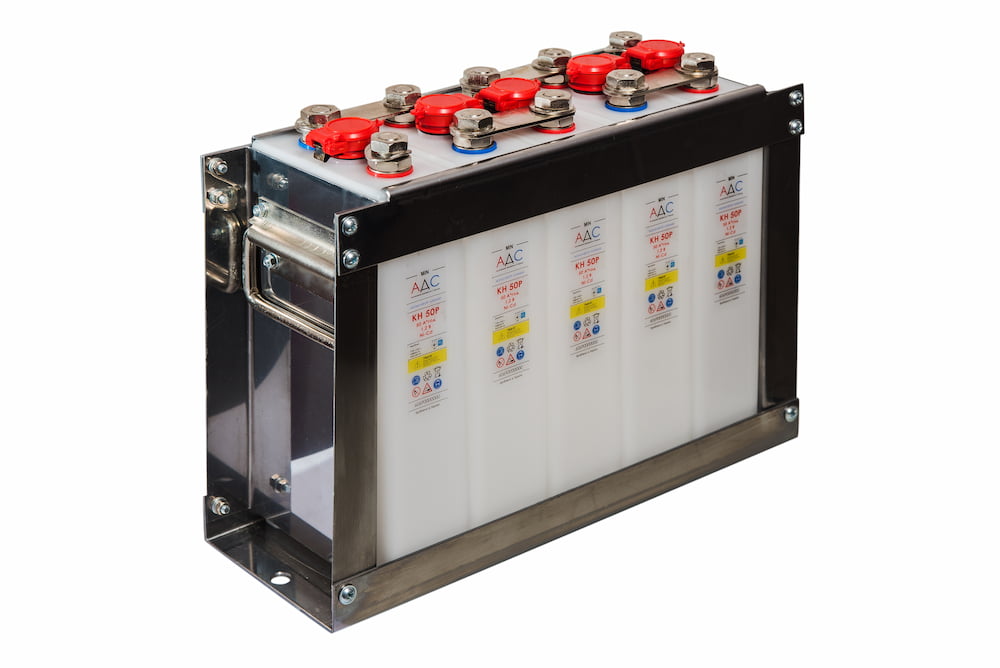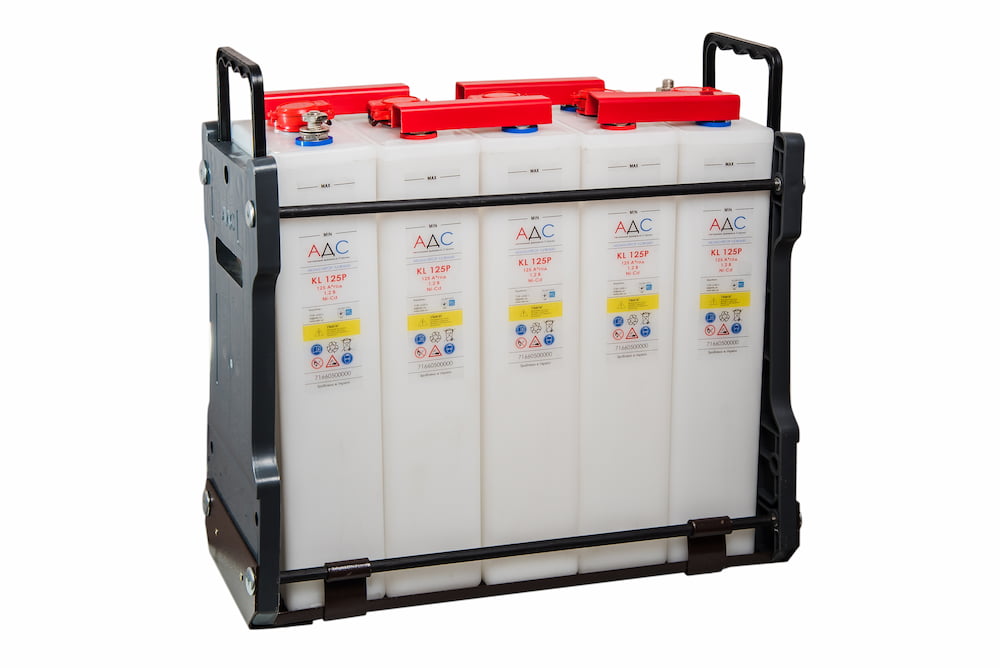- Home →
Starting accumulator batteries
Starter batteries
In their technical capabilities, there are two main types of accumulator batteries which are starting batteries and traction batteries. These types differ in configuration and application.
The starting battery provides a start of gasoline or diesel-powered engine. The energy capacity is delivered while starting the engine, and then the battery is powered by a generator. That is why starting current value is the basic parameter for starting battery. The starting current value is the maximum current rate delivered for the engine start. Low current makes the start of the engine more complicated. The second major parameter for a starting battery is capacity. The capacity has to be considered when choosing the battery, otherwise low capacity will not cover your requirements.
The starting accumulator batteries are provided with KH and KPH range.
The starting accumulator batteries provide a start of diesel-powered engines for locomotives and a backup power sources for locomotive electric equipment. The starting batteries are used for TGM (TGM4, TGM6), TE10, TEM2, 2M62, CHMEZ, TEP70, 2TE116 diesel locomotives.
The starting batteries of the KH range have a specific design of electrodes that provide the highest discharging rates. The highest capacity ensures the start of the locomotive engine at a temperature of -40°C.
Traction batteries
Power sources for electrically driven equipment like forklifts, electric carts, and traction equipment stand apart from accumulator batteries. Those power sources are called traction accumulator batteries.
Traction batteries differ from starting batteries by operational mode. Starting battery delivers the highest current while the start-up of the engine only. The traction battery provides current for a whole engine operational cycle. In simple words, traction batteries are operated in permanent mode, the long-lasting discharge as an active cycle is followed by the next charge as a passive recovery cycle. The starting battery delivers power for a few seconds while start-up and then is charged by the engine.
As opposed to the starting batteries, the traction batteries are resistant to deep discharge. They are preferable for a big number of consumers. Mostly, they are installed on motorboats, barges, camper vans, electric vehicles, forklifts, stacking conveyors, pallet trucks, and other equipment that request a big energy capacity.
Capacity, resistance to deep discharge, and a number of cycles are very important parameters for traction batteries. The bigger capacity the bigger energy capacity can be provided for the long-term running of the equipment.
While operation the traction batteries hold roughly 80% of the rated capacity. Then they are charged and the cycle reruns.
There are two more important parameters required for traction batteries. They should hold rated voltage and provide declared current to deep discharge. They should be easily recovered after deep discharge with no loss of capacity. In general, this range works in a cyclic mode, that is why the traction battery has to deliver maximum cycles.
The accumulators and accumulator batteries of KL, KPL, KM, KPM, KGL, KGM, TNZHSH range produced by us meet the above mentioned requirements.
We offer a wide range of capacity, from 24Ah to 1700Ah. Alkaline accumulator batteries are able to be discharged to 100% of the rated capacity with no impact on service life. The cyclic operation is supported by 1200 cycles. When operating in float mode, the service life is up to 20 years. Wide range of temperature form -40° to +45°C is a specific feature of our accumulator batteries.
The top-quality and high safety rate of KLM and TNZHSH accumulator batteries is certainly proved by extensive use in the mining complex in our country and abroad. This range is used for AM8D, ARP8T, ERA 900 P8 mining locomotives as a power source for carriage works by mining locomotives at shortwalls and windways. This range is also applicable as a power source for engines on ОPE1АМ, ОPE2 traction equipment.
